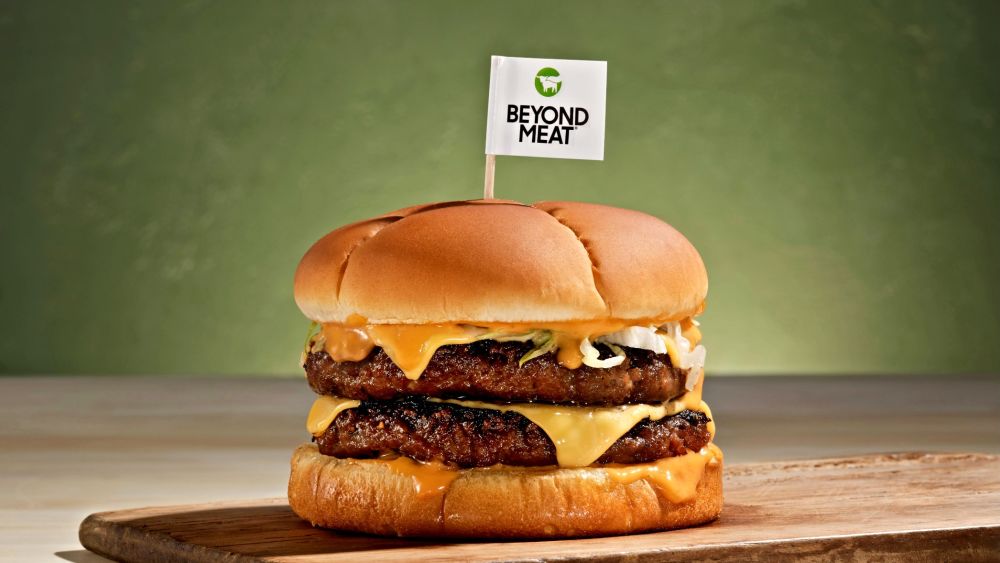Iron
Everything has its limit - iron ore cannot be educated into gold - Mark Twain

image by: Keeping Dr. Sebi's Healing & Legacy Alive
HWN Recommends
The Central Role of Iron in Human Nutrition: From Folk to Contemporary Medicine
Iron is a transition metal that had accompanied the evolution of the Homo genus throughout its entire evolutionary course. It was first a protagonist in ancient mythology in the form of Mars and “Her Desher”, then in folk medicine in the form of anti-weakness medication, and today it is associated with innumerable health and disease conditions. Iron knowledge has progressively increased and its importance for human health has now very different connotations than in the past.
Resources
 Iron: The Double-Edged Mineral
Iron: The Double-Edged Mineral
Iron stores are known to rise with age, and for many years were considered harmless. But a landmark study in Finland published in the early 90s in the journal Circulation suggested that excessive iron stores in men rank right behind smoking as the most prevalent risk factor for cardiovascular disease. While more recent studies have found this theory to be inconclusive, the jury is still out.
 The science behind Iron: a key nutrient for early growth and development
The science behind Iron: a key nutrient for early growth and development
Iron - with atomic number 26 and the symbol “Fe” in the periodic table of elements¹ - is a structural component of many enzymes that are involved in a wide range of metabolic activities. It is critical for the immune and central nervous systems.²,³ Iron also plays an essential role in DNA stability by working as a cofactor to the substances that regulate DNA synthesis and repair; these substances require iron to function, which means our bodies rely on iron for healthy cell development.
Iron: The Mighty Mineral For Optimal Health & Well-Being
The fourth most abundant metal on earth, it’s no wonder iron affects our health in a variety of ways. An essential mineral required by every cell, iron is a vital building block to hundreds of proteins and enzymes in the body. Plus, it’s required for a variety of reactions that range from everything from oxygenating cells to energy production, gene regulation, cell repair, and DNA synthesis.
What Is Iron? Health Benefits Of İron Mineral?
The main task of the iron mineral in the human body is to carry oxygen. Iron, which is used in the production of red blood cells that carry oxygen to the whole body, also has a very important role for a healthy immune system.
A Host of Ills When Iron’s Out of Balance
These days, more attention is being paid to the opposite problem: iron overload, which studies indicate can damage internal organs and may increase the risk of diabetes, heart attack and cancer, particularly in older people.
Dietitians share 15 high-iron foods to help combat fatigue
Iron does a lot of heavy lifting in the body, so we all need to make sure we get enough of it — no matter what our diets look like. Choosing more high-iron foods is a good way to do that.
Five Things You Didn’t Know About Iron
Although iron often gets a bad rap, maintaining a normal iron level is important for many aspects of good health. While excess iron can be a problem for some individuals, too little iron can also be a problem. Let’s look at several reasons – in addition to blood building to prevent iron deficiency anemia – why your body needs iron.
Iron: An Essential Nutrient
Iron has many different roles in the body. About 65 to 80 percent of the body’s iron is in the blood in the form of hemoglobin. Hemoglobin is a protein in red blood cells that transports oxygen to tissues in the body. Myoglobin, the compound that carries oxygen to the muscle cells, also requires iron. In addition, iron is involved in reactions within the body that produce energy. Any excess iron is stored in the body as a reserve.
Linus Pauling Institute
Iron is an essential component of hundreds of proteins and enzymes that support essential biological functions, such as oxygen transport, energy production, and DNA synthesis. Hemoglobin, myoglobin, cytochromes, and peroxidases require iron-containing heme as a prosthetic group for their biological activities.
Mighty Mineral- The Strength of Iron
Iron is an essential mineral that is necessary for life; it is also one of the most common nutritional deficiencies in the world. Iron plays an important role in making hemoglobin, the substance in red blood cells that carry oxygen from your lungs to transport it throughout your body. When you don’t get sufficient oxygen pumped through your body, you're very likely going to be fatigued and exhausted, and this can affect everything from your brain function to your immune system's ability to fight off infections.
The Myth of the Nutrition Facts Label – Iron Absorption Debunked
Get up, grab a food item from your pantry, and take a look at the nutrition facts panel. At the bottom of the label, locate iron and the percent daily value of iron present in the food. While it might seem that this would make it easy to know whether you're meeting your daily requirements for iron, it is unfortunately not quite that simple.
What is Iron
Many think iron is a heavy metal, which it is not. Iron is a metal; in fact, people with too much iron in their bodies can set off metal detectors. But iron is also an essential micronutrient. Essential used in this way means that the body does not produce the nutrient; it has to be gotten from food.
 The Central Role of Iron in Human Nutrition: From Folk to Contemporary Medicine
The Central Role of Iron in Human Nutrition: From Folk to Contemporary Medicine
Iron is a fundamental element in human history, from the dawn of civilization to contemporary days. The ancients used the metal to shape tools, to forge weapons, and even as a dietary supplement.
8 Iron-Rich Foods
Still, despite its abundance in whole foods, iron deficiency is considered one of the most common micronutrient deficiencies worldwide, according to the World Health Organization
Linus Pauling Institute
Iron has the longest and best described history among all the micronutrients. It is a key element in the metabolism of almost all living organisms. In humans, iron is an essential component of hundreds of proteins and enzymes.
MayoClinic
Lack of iron may lead to unusual tiredness, shortness of breath, a decrease in physical performance, and learning problems in children and adults, and may increase your chance of getting an infection.
NIH
Most of the 3 to 4 grams of elemental iron in adults is in hemoglobin. Much of the remaining iron is stored in the form of ferritin or hemosiderin (a degradation product of ferritin) in the liver, spleen, and bone marrow or is located in myoglobin in muscle tissue.
Periodic Table of the Elements
The meaning of its name is unknown, although its origins are Anglo-Saxon. Pure iron is a soft, lustrous, dark silvery-gray metal. Iron is a strongly reactive metal, being very reactive with acids, and forms oxides, commonly known as rust, with air and water. Many reddish or orange colored rocks gain this color from the rusting of iron within the rocks. Iron is a relatively common element in the universe, being found in stars, meteorites and rocky planets in considerable quantities. Iron is the cheapest metal and fourth most abundant element in Earth’s crust.
The Nutrition Source
Iron is stored in the body as ferritin (in the liver, spleen, muscle tissue, and bone marrow) and is delivered throughout the body by transferrin (a protein in blood that binds to iron).

Introducing Stitches!
Your Path to Meaningful Connections in the World of Health and Medicine
Connect, Collaborate, and Engage!
Coming Soon - Stitches, the innovative chat app from the creators of HWN. Join meaningful conversations on health and medical topics. Share text, images, and videos seamlessly. Connect directly within HWN's topic pages and articles.
















